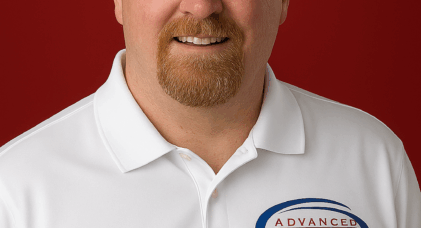Hearing a nasty grinding sound whenever you change gears? Whether you drive a manual or an automatic with manual-mode paddles, that metallic scrape is your transmission’s way of saying, “Fix me now.” Ignoring it can turn a simple clutch adjustment or fluid change into a full transmission rebuild.
Quick Answer (30 words)
Grinding when shifting usually comes from worn synchronizers, a clutch that won’t disengage, low fluid, or damaged gears. Diagnose quickly to avoid gear teeth damage and an expensive transmission rebuild.
1. Worn Synchronizers
What you notice: Grind or crunch when shifting into second, third, or downshifting.
What it means: Brass synchronizer rings are worn, so gears can’t match speed before engagement.
2. Clutch Not Disengaging
What you notice: Pedal feels soft or engagement point is near the floor; grinding happens in all gears.
What it means: Air in the hydraulic line, failing hydraulic master or slave cylinder, or stretched cable keeps the disc dragging on the flywheel.
3. Low or Dirty Transmission Fluid
What you notice: Grinding gets louder after a long highway run or on hot days.
What it means: Low or contaminated fluid can’t lubricate synchronizers and gears, accelerating wear.
4. Damaged or Chipped Gear Teeth
What you notice: Constant grinding or loud clunk when letting out the clutch, plus possible vibration.
What it means: Gear teeth are chipped or pitted—often from extended driving with bad fluid or ignored synchronizer wear.
5. Misadjusted or Worn Shift Linkage
What you notice: Shifter feels sloppy, and gears don’t “slot” cleanly before the grind.
What it means: External linkage bushings or cables are loose or out of alignment, preventing full gear engagement.
Common Causes Behind These Sounds
Cause |
Typical Culprit |
Quick Fix vs. Major Repair |
| Low / dirty fluid | Missed service interval | Drain & refill ($200–$350) |
| Worn synchronizers | High mileage, aggressive shifting | Partial rebuild ($900–$1,800) |
| Clutch hydraulics | Leaky master/slave cylinder | Replace & bleed ($450–$850) |
| Damaged gear teeth | Prolonged grinding, shock loads | Full rebuild or replacement ($3,000–$6,000) |
| Shift linkage wear | Old bushings, misalignment | Adjust/replace linkage ($150–$500) |
Why Ignoring Grinding Noises Costs More
Delay Time |
Result |
Estimated Cost* |
| 0–2 weeks | Fluid overheats, synchronizers glaze | $200 – $350 |
| 1–3 months | Gear teeth chip, clutch overheats | $900 – $1,800 |
| 6+ months | Gear failure, metal debris everywhere | $2,500 – $6,000 |
*Colorado Front Range labor rates; performance or European vehicles may be higher.
What to Do Next
- Check fluid level and color—dark or low fluid means service is overdue.
- Test clutch travel—pedal should disengage within the first half of its stroke.
- Schedule a transmission inspection if grinding persists in any gear.
- Avoid hard shifts and high RPM until the issue is resolved.
FAQs: Grinding Noise When Shifting
Q: Grinding only happens into second gear—why?
A: Second-gear synchronizers work hardest; once worn, they grind first. A fluid change can mask symptoms briefly, but rebuild is the lasting fix.
Q: Will new fluid stop the grinding?
A: Sometimes—if the fluid is merely dirty. However, if synchronizers or gears are worn, fluid alone won’t cure it.
Q: Is double-clutching a safe workaround?
A: It can reduce grinding by matching gear speeds, but it’s a temporary band-aid, not a repair.
Q: How long can I drive with grinding shifts?
A: Every grind sheds metal into the fluid, accelerating wear; plan on immediate diagnosis.
Q: What does a synchronizer repair cost?
A: Expect $900–$1,800 for partial teardown and new synchros on most cars; AWD or performance models run higher.
With over 10 years of hands-on experience in the automotive industry, including serving as General Manager for a high-volume transmission shop, Tom Christy brings deep operational and technical expertise to every facet of auto repair and service management. Having overseen multi-million-dollar operations, led national teams, and improved shop performance across sales, staffing, and customer service, Tom has a proven track record of growing revenue while reducing costs. Tom's real-world experience in transmission diagnostics, repair workflows, and customer satisfaction makes them a trusted voice in the field.



 Free Customer Towing Service
Free Customer Towing Service  Free TrueTest™ Inspection
Free TrueTest™ Inspection  Fast Transmission Services
Fast Transmission Services  Comprehensive Warranty in Denver
Comprehensive Warranty in Denver 

























